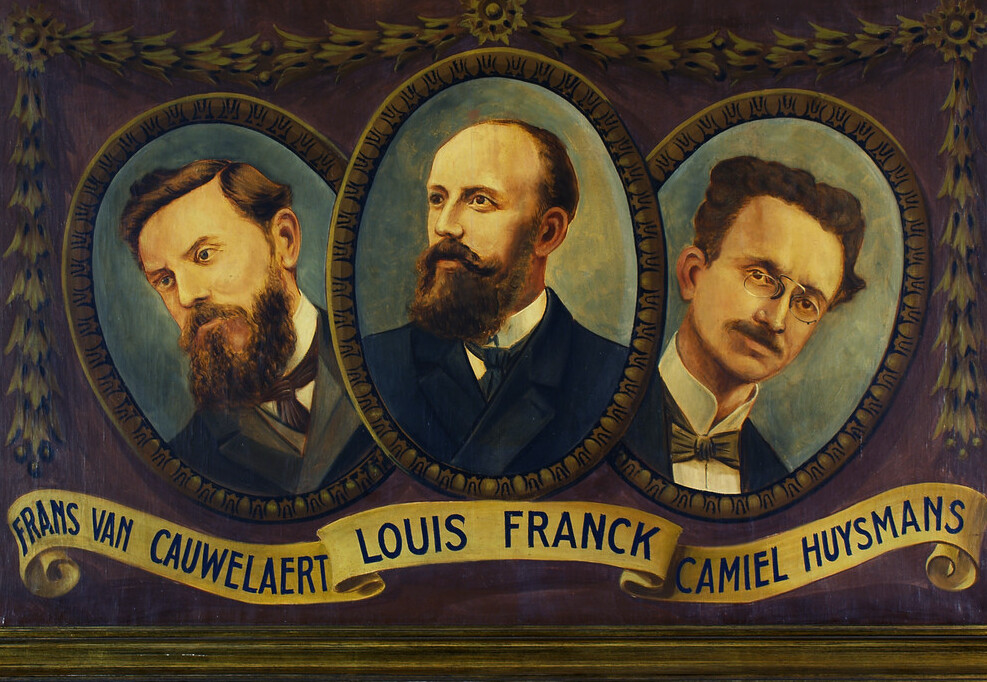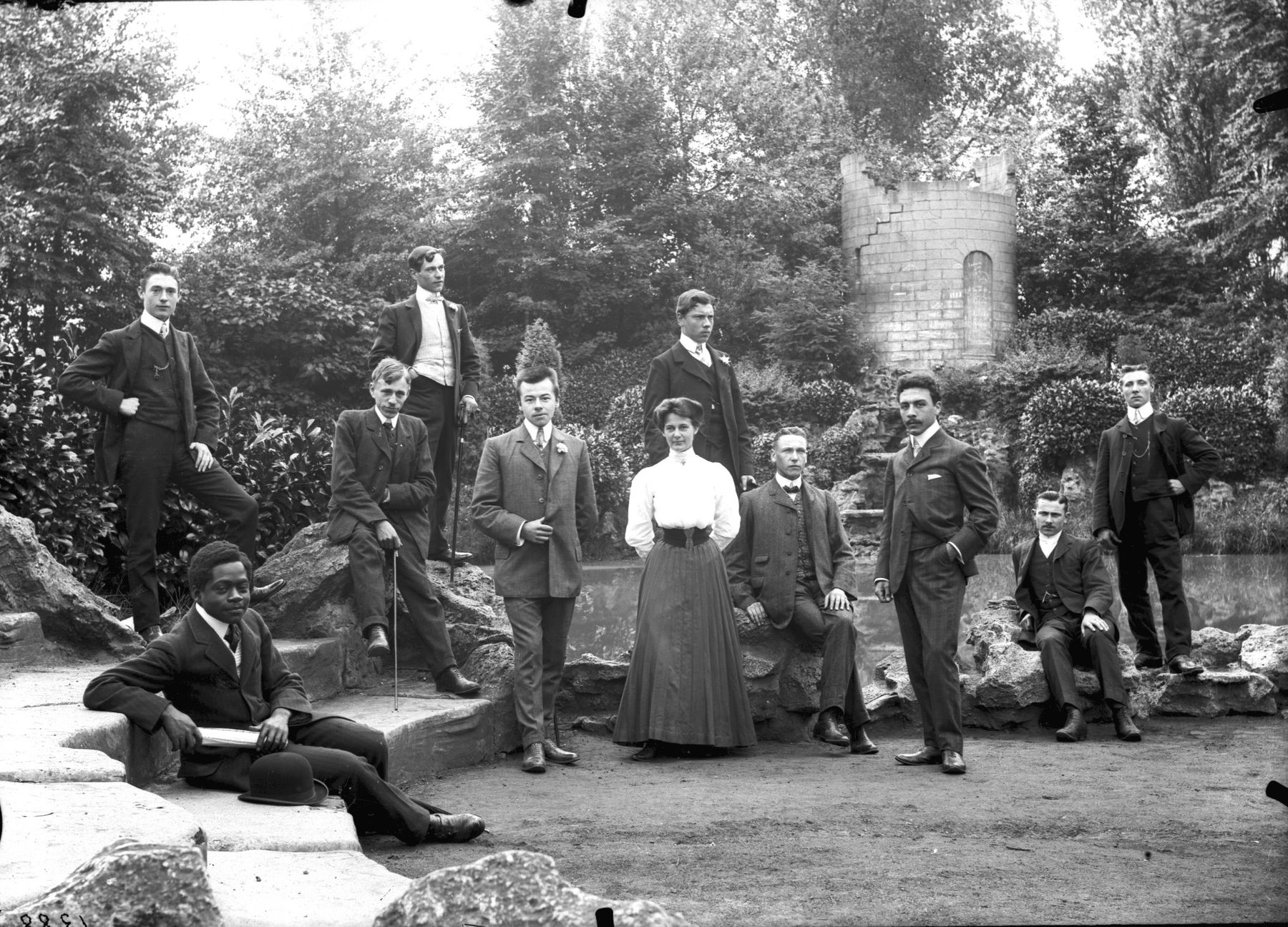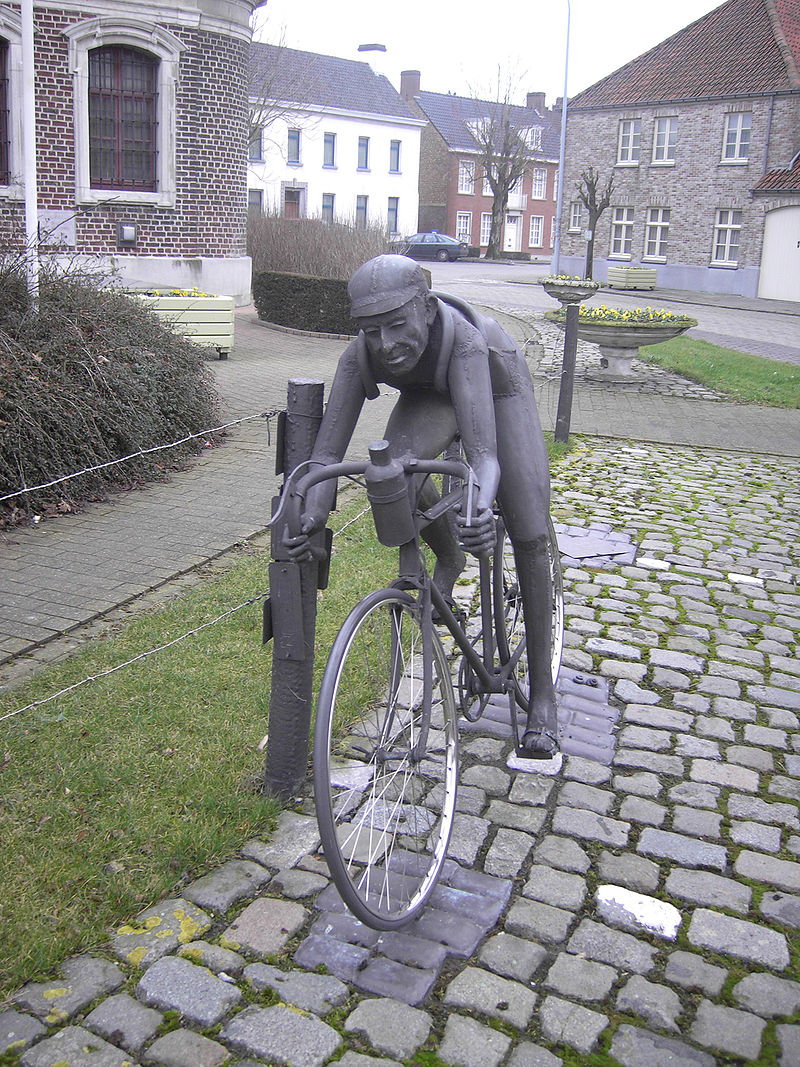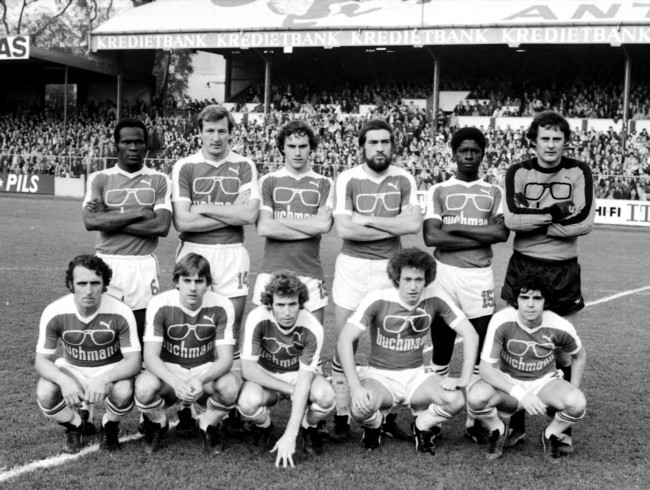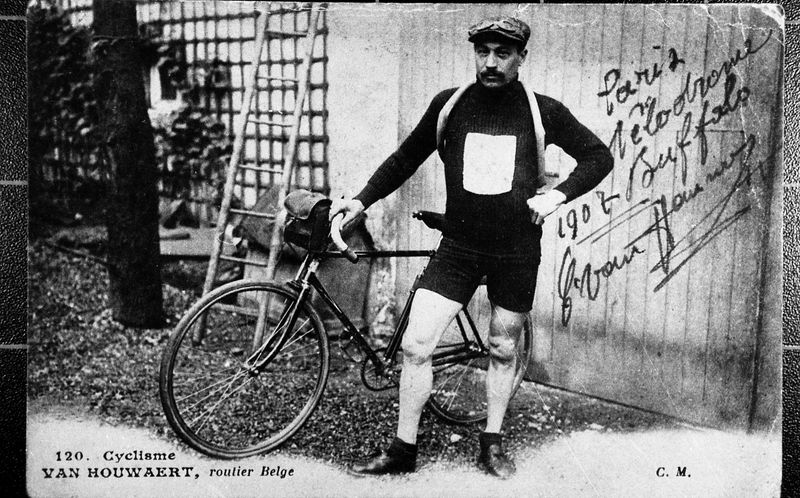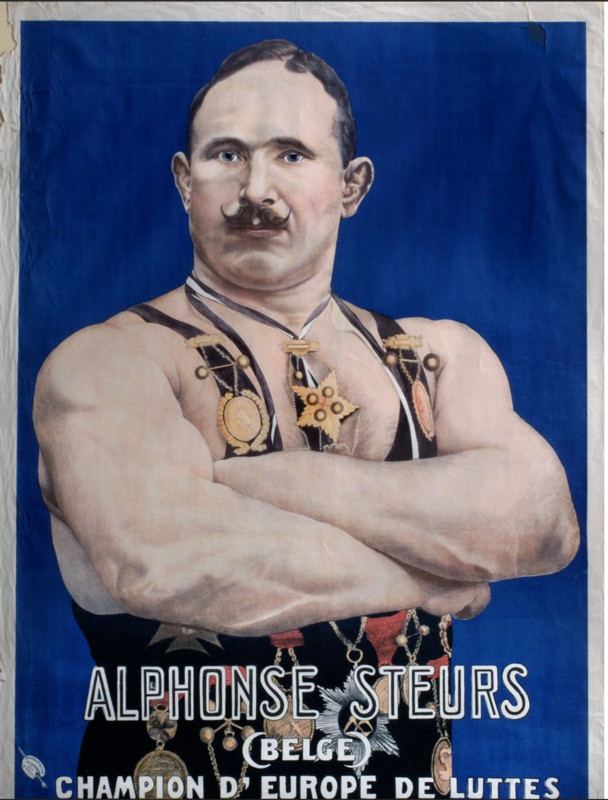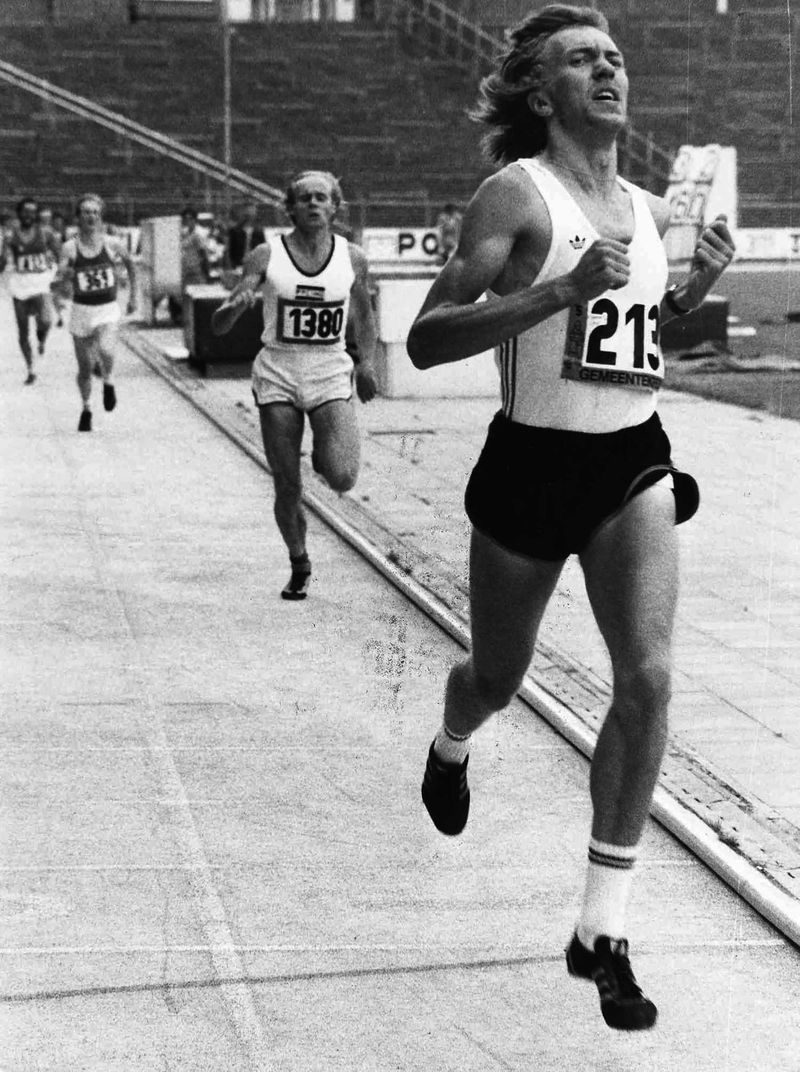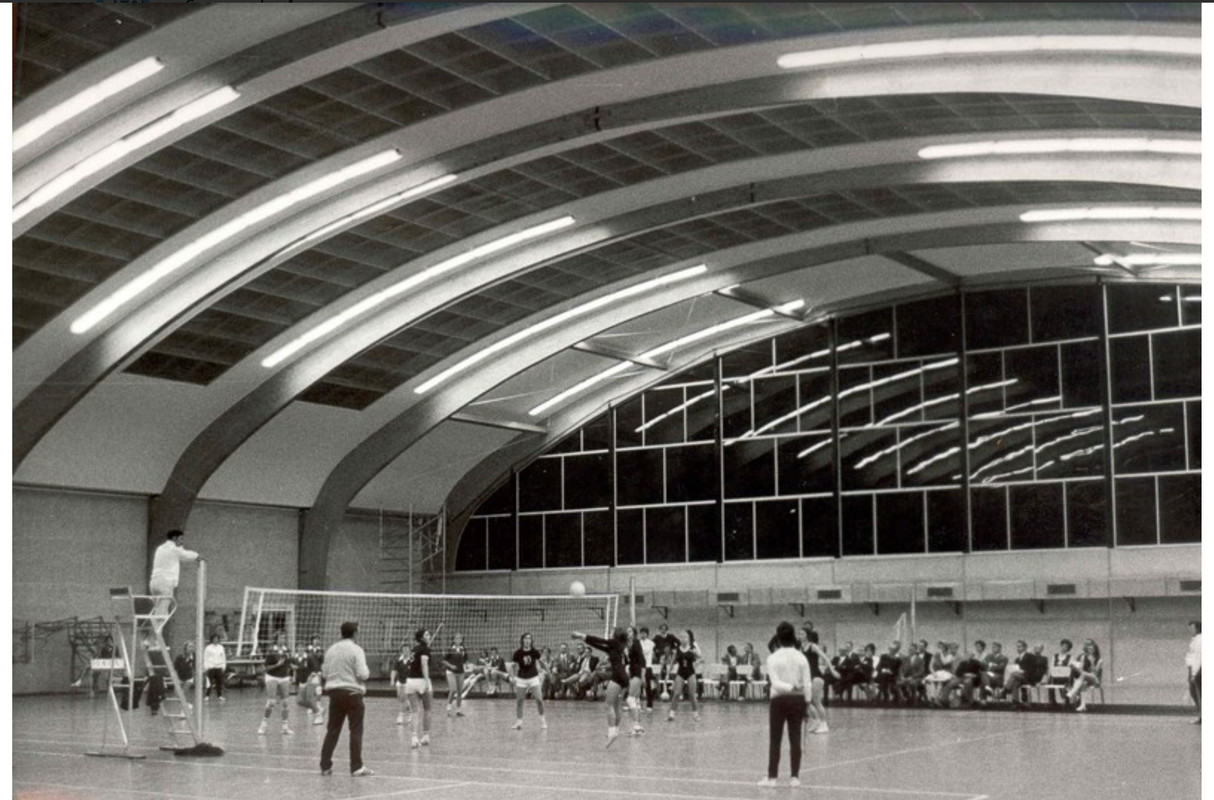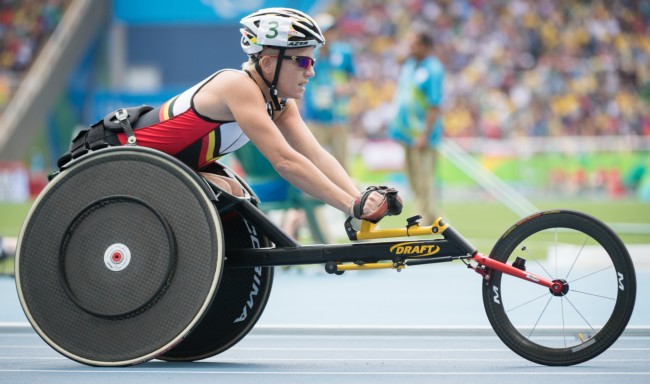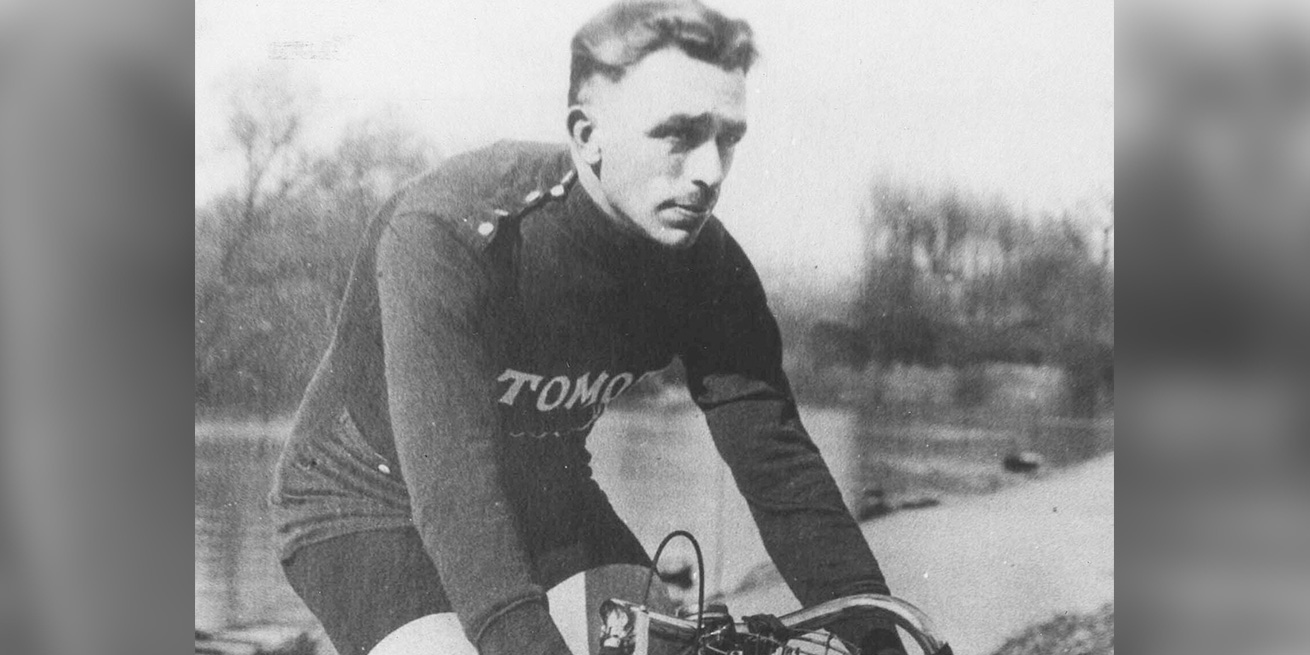
Paul Deman (1889-1961), from Rekkem in West-Flanders, the first winner of the Tour of Flanders in 1913. Photo from about 1922 | Roeselare, KOERS – Museum van de wielersport, AC05570
The Tour of Flanders
The Land of the Road Race
‘Flanders’ finest’: with that expression Flemings are not referring to a person, a landscape or a painting, but to a cycle race. That says something about the popularity of cycle racing in general – and the Tour of Flanders in particular.
The first starting gun for the Tour of Flanders rang out on 25 May 1913 in Ghent. The cycle race through the provinces East- and West-Flanders grew quickly to become the annual high point of the cycling calendar. That had to do with the often tense course of the race, assured by the tough cobble strips, and, after the Second World War, by nasty hills like the Koppenberg, the Wall of Geraardsbergen and the Oude Kwaremont. In addition the popularity was increased by clever publicity. Sportwereld (Sporting World), the paper that took the initiative, marketed the Tour as a Flemish symbol of sporting prowess and heroism.
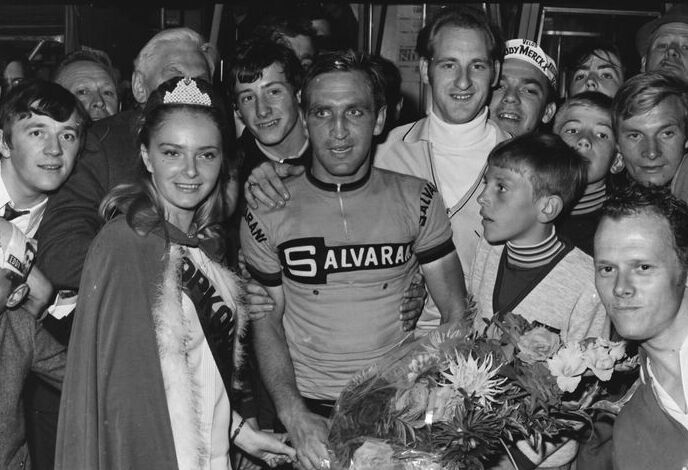
Roeselare, KOERS – Museum van de wielersport, NEGT0236009, Maurice Terryn
Evening criterium for professional racing cyclists in Poperinge, 1970. The cyclist in the photo is Walter Godefroot, who won the Tour of Flanders in 1968 and 1978. The fact that cycling racing was so strongly present in daily life, was partly due to the many local races. Up to the end of the 20th century almost every town or village had its own carnival race.
The Land of the Road Race
Football, tennis, athletics… A lot of sport goes on in Flanders, recreationally and professionally. But cycle racing is the only sport recognised as ‘typically Flemish’, both in Flanders and outside.
The causes of that status lie in the past. At the end of the 19thcentury it was mainly richer bourgeois who embraced cycling. Cycles were expensive. But after 1900 prices dropped and the sport had a breakthrough with the wider public. There were races everywhere, organised by local associations and sponsored by the business class. They could be sure of plenty of spectators, as watching was free.
Around the First World War Belgian racers clocked up international successes too. In France they won prestigious races like the Tour de France. A real sports industry emerged. The cycle teams of the big French cycle manufacturers employed Belgian pros, while the growing sports press provided a stream of cycling news.
Sport struck deep roots in life. Many people tried their luck as racers. Sportwereld, founded in 1912, constantly emphasised that. Editor-in-chief Karel van Wijnendaele was pro-Flemish and wanted to strengthen the identity of Flemings. He wrote about cycle racing as a true people’s sport, in which Flemings showed themselves at their best. His words had influence, many people started to see cycle racing as a ‘Flemish sport.’ The success achieved by Flemish racers in the 20th and 21st centuries, strengthened that idea even more.
Focal points
Discover more on this topic
Non-fiction
Het mooiste van Koers. Museum van de wielersport
Borgerhoff & Lamberigts, 2018.
Koarle: de man die zijn volk leerde koersen
Lannoo, 2006.
Vuile zwarte: racisme in het Belgische voetbal
Houtekiet, 2016.
Ons Sportimonium: de mooiste verhalen uit de Belgische sportgeschiedenis
Lannoo, 2018.
100 x Koolskamp Koers
Bibliodroom, 2015.
Koersen in de Groote Oorlog
Lannoo, 2018.
Schwalbe: het verzwegen verhaal van het Belgisch voetbal tijdens Wereldoorlog II
Borgerhoff & Lamberigts, 2023.
En de broodrenner, hij fietste verder: het wielrennen in België tijdens WO II
Acco, 2005.
Journalistieke mythografie ontkracht: niet Van Wijnendaele maar Van den Haute is de vader van de Ronde van Vlaanderen
Etappe. Magazine over historische fietshelden, 2, 2013, p. 16-21.
De Ronde van Vlaanderen. De mooiste wielerwedstrijd ter wereld
Horizon, 2019.
100 jaar de Ronde van Vlaanderen, 1913 – 2013
Borgerhoff & Lamberigts, 2013.
Flandrien
Merz, 2005. (fotoboek)
Eddy Merckx. De biografie
Kannibaal, 2015.
De Ronde van Vlaanderen: de ziel, de helden, het epos
Lannoo, 2003.
O Belgisch voetbal. Hoogtepunten en sterke verhalen van 1920 tot 2020
Lannoo, 2020.
Groot Vlaams Wielerwoordenboek
Polis, 2018.
Fiction
Eén mens is genoeg
Querido, 2014. (Jeugd)
Briek! De laatste Flandrien
De Arbeiderspers, 2019.
De seingever. Een vertelling
De Bezige Bij, 2012.
Ook wij waren winnaars. Sportgedichten uit Nederland en Vlaanderen
De Geus, 2006.
De teenloze adelaar
Dupuis, 2005. (strip)
Vinkenbrood
Daedalus, 2010. (strip)
De Flandriens
(Canvas, 2010)
De Flandriens van het veld
(Canvas, 2011)
De Ronde
(2011)
